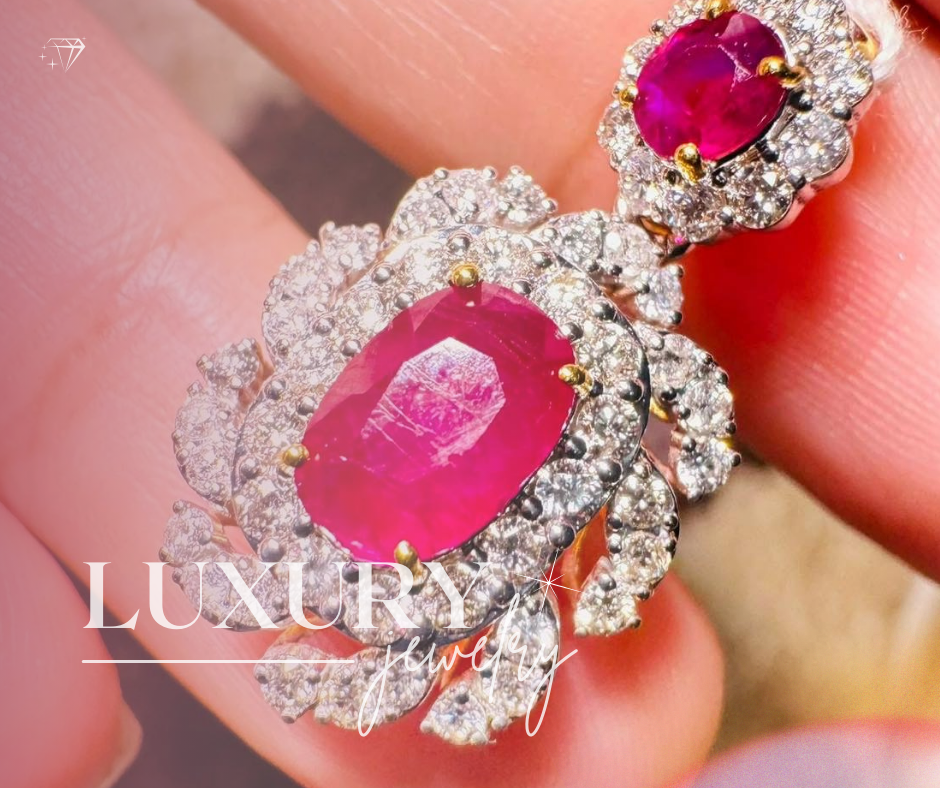
Mogok, Myanmar—the legendary “Land of Rubies”—remains a focal point in the global gemstone market in 2025. Renowned for producing some of the world’s most coveted rubies, particularly the rare “pigeon blood” variety, Mogok continues to captivate gem enthusiasts and investors alike. However, the region’s gemstone industry is at a crossroads, grappling with challenges ranging from political instability to ethical sourcing concerns.
The Enduring Allure of Mogok Rubies
Mogok rubies are celebrated for their vivid red hue, exceptional clarity, and high refractive index, contributing to their remarkable brilliance. The intense red color is attributed to traces of chromium, which also cause fluorescence, enhancing the stone’s vividness. These characteristics make Mogok rubies among the most desirable and expensive colored gemstones globally .
Despite the allure of these gemstones, the industry faces significant challenges. The political instability in Myanmar has led to increased illegal mining activities and a slowdown in the gem trade. Traders have reported military abuses and an uncertain future under rebel control, with the Ta’ang National Liberation Army (TNLA) restricting gemstone showcases and telecommunications in Mogok to ensure public safety.
Ethical Sourcing and Global Implications
The ethical implications of sourcing gemstones from conflict zones have garnered increasing attention. The U.S. lifting sanctions on Myanmar’s gem industry has raised concerns about the potential for profits to benefit military-affiliated entities rather than local communities. Reports indicate that military-affiliated companies dominate the gemstone market, controlling nearly 100 mines in Mogok and Shan state
In response, some luxury brands have taken steps to ensure ethical sourcing. For instance, Cartier has ceased purchasing gemstones from Myanmar, emphasizing the importance of ethically sourced materials .International Gem Society
Mogok’s Cultural and Economic Significance
Beyond its gemstone wealth, Mogok holds cultural and economic significance. The city is home to a diverse population, including Shan, Lisu, and Palaung ethnic groups, each contributing to its unique cultural tapestry . Gem mining provides livelihoods for thousands of families and sustains a complex network of traders, cutters, and dealers. However, the benefits are often unevenly distributed, with many locals seeing little profit from the region’s gemstone riches.
The Road Ahead
The future of Mogok’s gemstone industry hinges on several factors
- Political Stability: A resolution to the ongoing conflict in Myanmar is crucial for the restoration of safe and regulated mining practices.
- Ethical Sourcing: International pressure and consumer demand for ethically sourced gemstones may encourage reforms in the industry.
- Community Empowerment: Ensuring that local communities benefit from the gemstone trade is essential for sustainable development.
As Mogok navigates these challenges, its rich heritage and the unparalleled beauty of its rubies continue to captivate the world. The coming years will determine whether the region can balance its gemstone legacy with the need for ethical and sustainable practices.
In conclusion, while Mogok’s rubies remain a symbol of natural beauty and luxury, the industry’s future depends on addressing the complex interplay of politics, ethics, and community welfare.
